Reclaiming real estate: Yesterday’s factory site is today’s 24/7 mixed-use development
Transformation of shuttered mills, abandoned industrial sites, derelict waterfronts and decommissioned military bases have changed Maine over the past quarter century.
In the past two decades mills and other dormant sites have seen new economic vitality.
A case in point is Thompson’s Point in Portland. The 30-acre former port terminus and railyard declined in the 20th century. Proposals for the redevelopment of Thompson’s Point go back as far as 1995, according to one of the early issues of Mainebiz. Fishman Realty planned to invest $125 million to build the Gulf of Maine Aquarium, a convention and commerce center and a “multimodal” transportation center, the latter of which did get developed.
It wasn’t until 2014 that Chris Thompson — no relation to the original Thompson of Thompson’s Point — and Forefront Partners began to redevelop the site. Forefront brought in restaurants, pubs and office space. The State Theatre has concerts there. The Children’s Museum and Theatre of Maine plans eventually to move into a $14 million site there. Forefront is planning a 148-room hotel. Office tenants include the creative-technology company Halo Studio.
Makeover for Maine’s mills
Maine’s unused mills have attracted similar interest for new uses, creating jobs and residences and stimulating economic activity.
In Dover-Foxcroft, the 60,000- square-foot Mayo Mill, built in 1844 for wool production and once the economic foundation of the region, closed in 2007. Redevelopment began in 2012. By 2015, space was flourishing with retail, office and residential use.
Similar makeovers occurred in Biddeford’s textile mills, including the North Dam Mill, Riverdam Mill, Mill at Saco Falls and Lincoln Mill. At the former Pepperell Mill textile mill complex, 16 buildings with more than 1 million square feet of space are largely filled with stores, apartments and businesses.
The sprawling Bates Mill complex, dating dates back to textile roots in the 1850s, was one of a number of mills that made Lewiston a manufacturing colossus at one time. Since 1997, renovations at Bates Mill have brought residences, offices, restaurants and shops.
Belfast’s waterfront, once an unsightly embarrassment, has been transformed by new infrastructure and the 2011 arrival of Front Street Shipyard, which has since been instrumental in stimulating activity around it. Plans are now in the works to develop two of the world’s largest land-based Atlantic salmon farms on Belfast and Bucksport’s waterfronts. Bangor Savings Bank’s new headquarters is part of the redevelopment of Bangor’s waterfront.
“When you move to a place, many people want it preserved in amber,” says Belfast City Councilor Michael Hurley, who can trace Belfast’s transformation. “But Belfast has changed repeatedly and dramatically. We lost sewing, shoes, sardines, the chicken industry. And you saw these mill towns failing. It was like Berlin in 1945. You go, ‘Wow, this place is a wreck.’ And yet, that was the bottom of the barrel. Belfast has come back, Portland is doing great, Bangor is doing great.”
Repurposing of decommissioned military bases in Brunswick and Limestone has helped revitalize communities devastated by the departures of military personnel and civilian jobs.
Loring Air Force Base closed in 1994 and became Loring Commerce Centre. Marketing of the remote location has seen varying degrees of success, but there’s potential for investment in transit and air cargo.
Redevelopment of the former Brunswick Naval Air Station, closed in 2011, has been ongoing. Midcoast Regional Redevelopment Authority has brought in businesses and hundreds of jobs to what is now known as Brunswick Landing. In his latest redevelopment scorecard, MRRA Executive Director Steve Levesque reports that Brunswick Landing is now home to 120 businesses and 1,800 jobs.
“Military bases are great assets,” says Levesque. “They represent huge opportunities. I know people get discouraged when a base or mill closes. It takes time for communities to accept it. They say, “The mill’s going to come back” or ‘The military’s going to come back.’ After a while, it doesn’t happen. Communities that can adapt to changes are going to do better than those that can’t.”

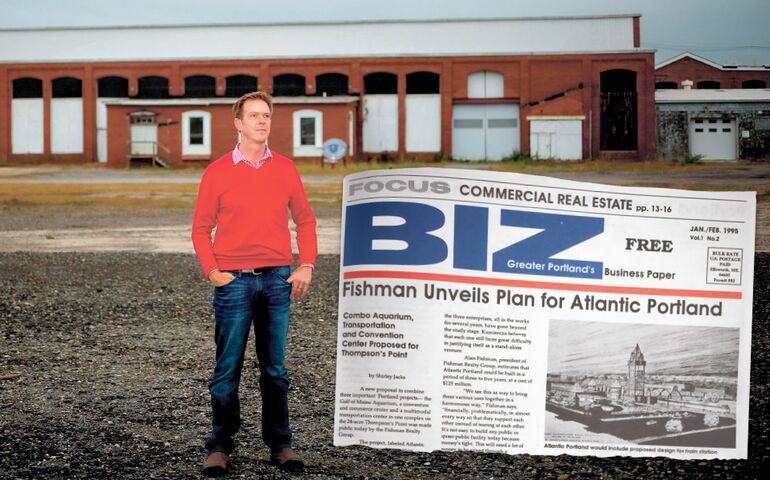




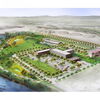
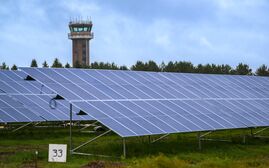
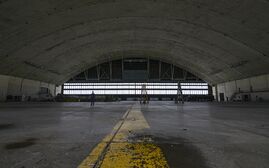

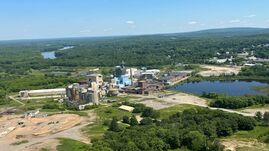




0 Comments